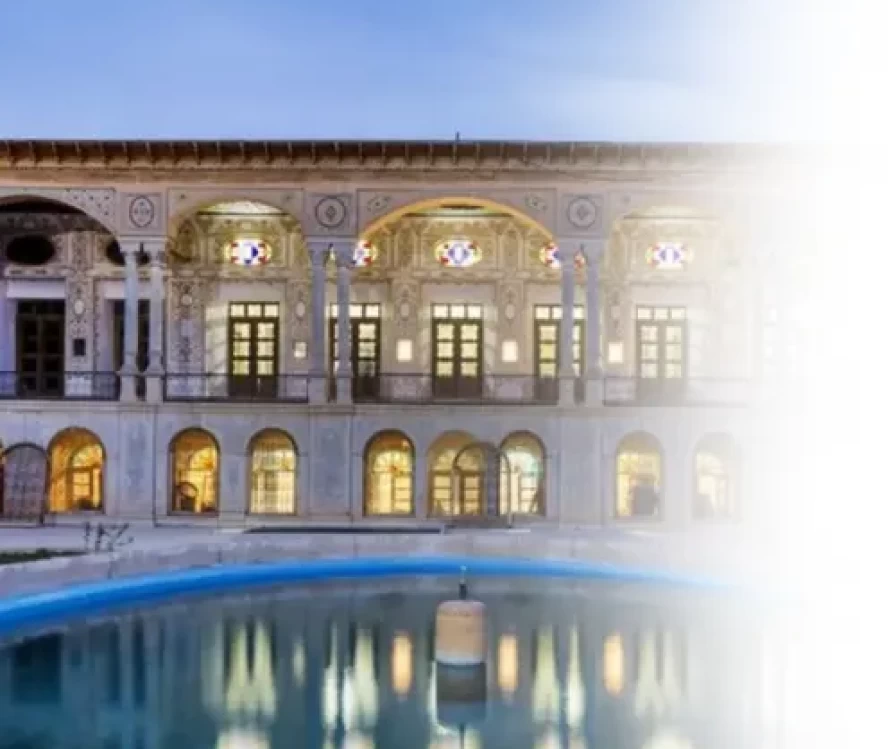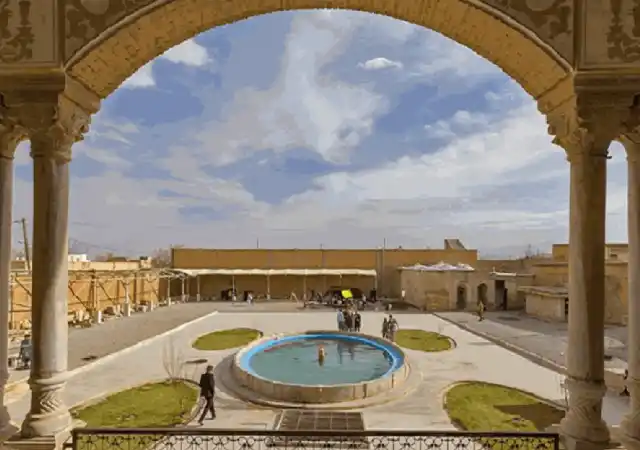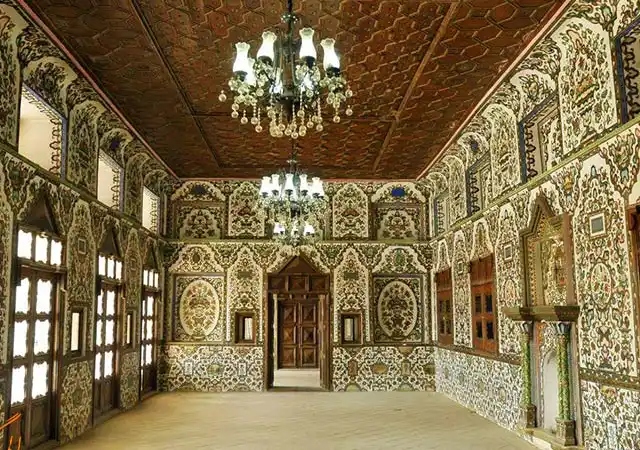
Setoudeh House





Chaleshtar Castle
This is a historical castle dating back to the Qajar era, located in the city of Shahrekord, in the Chaleshtar region of Chaharmahal and Bakhtiari province. The Andaruni (inner quarters) structure, which is the only remaining part of this beautiful historical monument, was the residence of Mohammad Hassan Khan Setoudeh Chaleshtari, and was donated by him to the Cultural Heritage Organization. This historical monument is registered in the National Heritage List of Iran. The castle, also known as the House of Sotoudeh (Khaneh-ye Sotoudeh), is a historical edifice dating back to the late Qajar period. Based on the date inscribed on the capitals of its columns, it is inferred that the building was completed around 1284 AH (approximately 1905 AD). The remaining inner section, which was the residence of Mohammad Hassan Khan Sotoudeh Chaleshtari, was later gifted to the Cultural Heritage Organization and is now a registered National Heritage Sites of Iran . The late Ali Akbar Dehkhoda, the author of the famous Dehkhoda Dictionary, extensively used the resources of the castle's library for his work, a fact that highlights its intellectual significance.
The residence of Ahmad Khan and Mahmoud Khan Setoudeh Chaleshtari was built through the efforts of their father, Khoda Raḥm Khan Chaleshi, son of Haj Baba Khan and a descendant of Haj Mohammad Reza Khan Riyahi, in the late Qajar period. It is inferred from the date inscribed on the capitals of this building that the construction was completed approximately in 1284 Solar Hijri (around 1905 CE). The castle includes sections such as the entrance portal, vestibule (Hashti), inner quarters (Andaruni), outer quarters (Biruni), bathhouse, and stable, among other parts. The complex was constructed in two sections, spanning an area of approximately 12,000 square meters, built in the Qajari architectural style. The northern building was in use until the 1990s (1370s Solar Hijri), while the southern building was about ninety percent ruined, but was revived through the efforts of engineers and restorers. The late Ali Akbar Dehkhoda, during his visit to Chaharmahal and Bakhtiari province, greatly praised the library of this building and extensively used the resources available there in compiling his renowned Dehkhoda Lexicon (Lughatnameh-e Dehkhoda).
Chaleshtar Castle is situated in the Chaleshtar district of Shahrekord city, within the Chaharmahal and Bakhtiari province . Travelers can reach Shahrekord by domestic flights from major Iranian cities or by road. For navigation, a chaleshtar map can be helpful, though the castle is a well-known landmark. It’s worth noting that the chaleshtar language refers to the local Persian dialect spoken in this region. You might also want to check the weather when planning your trip; spring and autumn offer the most pleasant conditions.
The architecture of Chaleshtar Castle is a fine example of Qajar-era residential design, adapted to the local climate and cultural context. Characterized by its courtyards, intricate brickwork, and wooden elements, the remaining inner section showcases the craftsmanship of the time. Viewing chaleshtar castle photos can provide a visual appreciation for its architectural details, including the columns, balconies, and the overall layout of the surviving structure.
Visiting Chaleshtar Castle offers a direct connection to the history and culture of the region. Exploring the remaining inner section allows you to imagine the lives of the families who resided here and the scholars who utilized its library. Taking chaleshtar castle photos will help you preserve the memories of this historical experience. We encourage you to include chaleshtar tourism in your Iranian itinerary for a truly enriching journey.
Contact Us
+989054577261